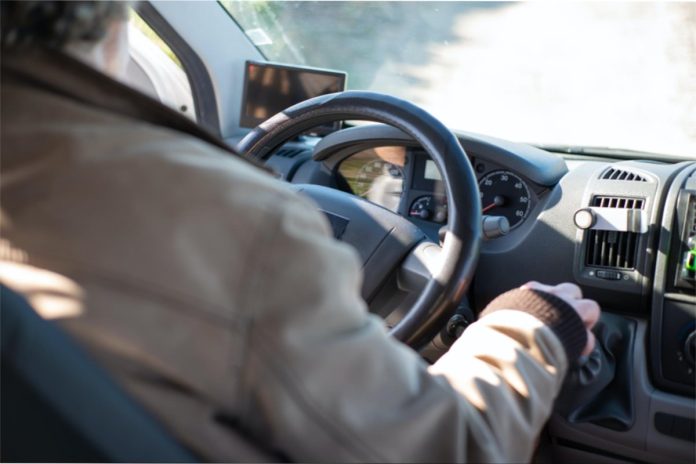Car Safety – The automotive industry is always evolving, striving to improve the experience and safety of drivers and passengers. Technologies are being developed and refined to reduce accidents on the road and provide a more connected driving experience. This blog post delves into some of the most innovative and groundbreaking car safety technologies that are set to reshape our driving experiences shortly.
To further strengthen road safety, some states have implemented strict laws against dangerous driving behavior. For example, Arizona DUI laws are designed to deter drunk driving and promote responsible behavior behind the wheel. Such regulations, combined with the aforementioned technological advancements, contribute to making our roads safer.
Table of Contents
Assistance and Communication Systems
Advanced Driver Assistance Systems (ADAS) are gradually becoming a standard in many new vehicles. These advanced systems are designed to aid and alert drivers in a variety of traffic situations. Some examples include adaptive cruise control, which adjusts the car’s speed based on the distance to the car ahead, automatic emergency braking, which applies the brakes to prevent or mitigate collisions, and lane departure and blind spot warning systems, which alert drivers of potential hazards in their blind spots or when they drift out of their lane.
Vehicle-to-Everything (V2X) communication enables vehicles to communicate directly with other vehicles, pedestrians, and infrastructures. By exchanging real-time information on speed, location, and other factors, V2X aims to reduce traffic congestion, prevent accidents, and optimize traffic management. V2X communication can be broken down into two subsets:
- Vehicle-to-Infrastructure (V2I): Communication between vehicles and traffic management systems to improve traffic flow and safety
- Vehicle-to-Pedestrian (V2P): Communication between vehicles and pedestrians’ smartphones, ensuring the safety of pedestrians in crowded urban areas
AI and Biometrics
By integrating artificial intelligence (AI) and machine learning in automobiles, developers are providing vehicles with the ability to learn, adapt, and respond to their environments. AI-powered cars can collect data from various sensors and adjust the vehicle’s behavior accordingly, leading to a safer, more efficient driving experience. Some potential applications include predictive maintenance where AI can predict when a vehicle may encounter mechanical issues and notify the driver before a costly breakdown occurs, and traffic pattern analysis where AI can analyze traffic patterns and optimize a vehicle’s route to avoid congestion and minimize emissions
Biometric security features, such as fingerprint scanning or facial recognition, help ensure that only authorized drivers have access to a vehicle. These emerging security technologies can prevent vehicle theft and unauthorized access, providing users with peace of mind.
AR and Autonomy
Augmented Reality head-up displays (AR HUDs) have the potential to revolutionize how we interact with our vehicles. AR HUDs project real-time information, such as speed, navigation instructions, and safety alerts, directly onto the windshield so that the driver does not have to take their eyes off the road. This helps minimize distractions and improve situational awareness.
Perhaps the most significant development in automotive safety technology is the emergence of autonomous vehicles. These self-driving cars use advanced sensors and algorithms to navigate the roads without human input. Although still in development, autonomous vehicles hold the promise of reducing accidents caused by human error, revolutionizing the transportation industry, and providing a safer commuting experience for all road users.
Telematics and Security
Telematics involves the collection and utilization of real-time data from a vehicle, including driving behavior, vehicle performance, and location. This data can be useful for insurance providers in implementing usage-based insurance (UBI) models, allowing them to calculate premiums based on actual driver behavior rather than general statistics. This encourages safer driving habits, ultimately improving overall traffic safety.
As modern vehicles become increasingly connected and dependent on software systems, implementing robust vehicle cybersecuritymeasures is crucial for protecting both the car and its passengers. Cybersecurity features help prevent unauthorized access, malicious attacks, and theft of sensitive data, maintaining the integrity of a vehicle’s technology and ensuring the continued safety of its passengers.
Advanced Lighting
Advanced lighting technologies, such as adaptive LED and laser headlights, aim to improve visibility and safety during nighttime driving. These systems adjust the light distribution patterns based on a vehicle’s speed, steering angle, and other factors, ensuring optimal illumination for the driver while minimizing glare for other road users. This results in fewer accidents caused by poor lighting conditions.
The future of car safety is moving at a rapid pace with cutting-edge technologies steadily making their way into our vehicles. As we continue to embrace innovations, such as ADAS, V2X communication, AI, and AR displays, we are paving the way for a safer and smarter driving experience. With the constant evolution of autonomous vehicles, we can look forward to a world where our roads are safer and more connected than ever before.

